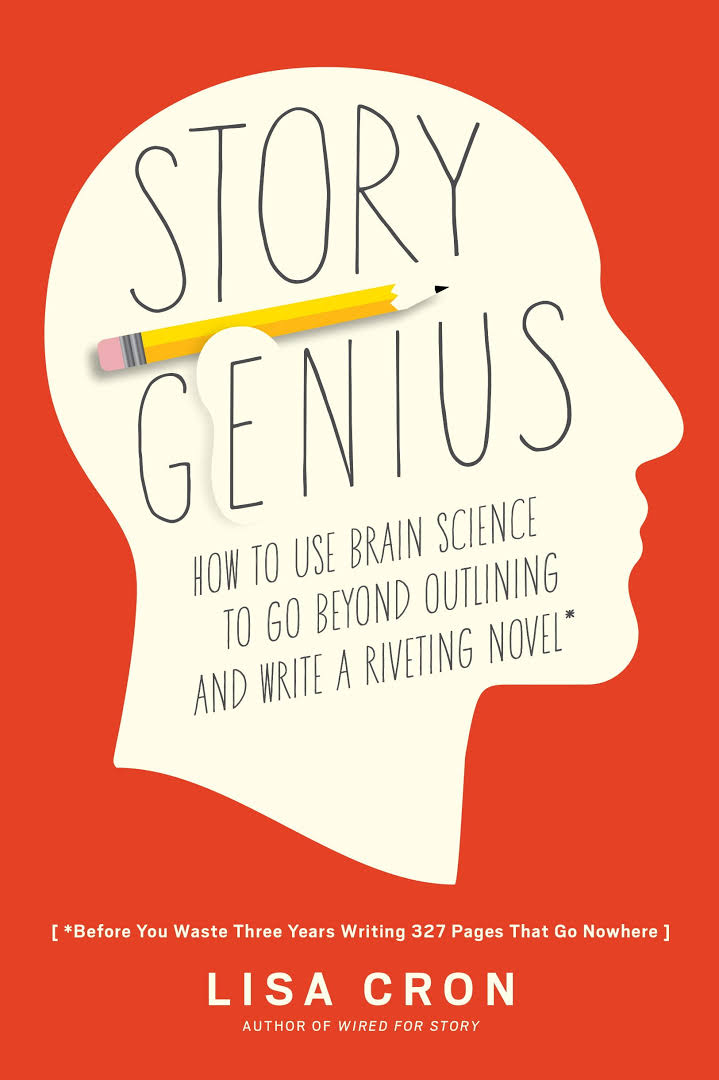A Plot Going Nowhere
- Why does a woman feel that the Victorian rug she finds in an antique shop is calling to her?
- Why does a crooked industrialist pay someone to bury an empty casket in a church graveyard?
- Why does a smart, savvy man survive a brain injury only to die thirty-five years later without regaining his faculties?
You’ll be happy to know that I successfully dealt with all of those questions in my upcoming novel Scattered by leaving them on the cutting-room floor. Gone! Vamoosed! Zapped with the ray gun of editorial annihilation.

So why were they there in the first place? One explanation is that I hadn’t done enough plotting at the outset and kept writing myself into corners. I was originally writing a parallel narrative with an historic and a modern storyline, and it became increasingly obvious that it would work better as two separate books.
Even after deciding to focus on the historical novel first, however, parts of it still weren’t working. I didn’t really understand the inner workings of Maggie, my heroine, and how the unfolding plot would put her in situations that would challenge her to confront issues of the past.
Finding the Heart of the Story
Lisa Cron’s online course Wired for Story really helped me think through that. It’s based on her book Story Genius and focuses on digging deep to understand your protagonist. This involves looking much further than their surface motivation in order to work out what really makes them tick.
For example, what is the internal struggle going on that’s fleshed out in the plot? Do they have misconceptions that drive their behaviour? Who were they the day before the novel began and how is that going to change as the novel progresses? Without that underlying conflict, the story can just become a bunch of things that happen, regardless of how beautifully written it is.

An Example of Digging Deeper
To avoid spoilers, I won’t say too much more about my novel, except that I’ve discovered Maggie’s main issue is abandonment. Instead, let me use a hypothetical example to show you how ‘digging down’ might work.

Imagine your protagonist, Gwendoline, has a dream of becoming the CEO of a large corporation. She starts out as an administrative assistant and overcomes a barrage of obstacles to finally reach the top. However, the story won’t necessarily engage the reader. Unless we can connect with Gwendoline in some way, we won’t want to go with her on the journey. We won’t care if she makes it or not.
To build a connection with readers, you need to go deeper into her motivation. Why does she want to get to the top? There are many possible reasons, but let’s say she wants to have a job where she can earn a lot of money. Why does she want to earn a lot of money? So she can buy the things she’s always wanted (e.g. nice clothes, house, car, travel). But why does she want those things? It’s because her family didn’t have a lot of money when she was growing up and she often missed out on things like a new dress.
So far, we’ve discovered some of the things that drive Gwendoline’s behaviour, but it’s still pretty general. Most people would like more money so they can buy things they want. Why does this mean so much to Gwendoline? Think of a specific event when she couldn’t afford something she wanted.
How about this? When she was in Grade 10 at school, a boy she liked asked her to the school dance, but she didn’t have anything suitable to wear. She couldn’t afford to buy a new dress and she didn’t want to wear one of her old ones because some of the girls at school had previously made fun of her clothes. So rather than be embarrassed, she turned down the invitation. The boy asked someone else to the dance and she stayed home.

So how did that make her feel? She felt like she was a second-class citizen who wasn’t as good as the other girls. She felt unloved.
What is the incorrect belief that guides Gwendoline’s current behaviour? She thinks that if she can rise to the top of the corporation and earn a lot of money, she will finally gain the love and acceptance she craves. However, this is a mistaken belief because money doesn’t guarantee love and happiness.
The plot would then show Gwendoline’s internal struggle and we’d see her change over the course of the novel as she confronts her issues. There’s still more drilling down to do, but hopefully you’re getting a sense of what is needed. It’s the internal struggle that drives the plot and builds connections with readers.
The Wrap Up
Lisa Cron explains it much better in her book and video course, with lots of examples and practical tips. I highly recommend checking them out if you want your novel to really connect with readers rather than just being pretty prose that goes nowhere. Now I just have to apply that advice to my own writing!
Can you think of any books where the main protagonist’s inner conflict or misbeliefs drove the story? I’d love to hear your examples and reactions.
Resources and Notes
Cron, L. (2016). Story genius: How to use brain science to go beyond outlining and write a riveting novel. New York: Ten Speed Press.
For the video course, go to Lisa Cron’s Wired for Story: How to Become a Story Genius, available on Creative Live. They often have specials, so keep an eye out for those.
Some of the material in this post previously appeared on the Christian Writers Downunder blogspot under the name Nola Passmore. Click here for the original post.
Featured photo of diver by Steve Halama on Unsplash.


8 Responses
Thanks Nola. The older I get, the less inclined I am to persevere with stories that don’t make me care about their characters. Prime has a new show, ‘30,000 Leagues Under the Sea’, but I’m disinclined to prefer it to Jules Verne’s original 20,000, for the sake of the extra leagues – there has to be something more going on. Captain Nemo strikes me as a character driven by misbelief. He takes on the superpowers of his day, struggling as they were for naval supremacy, hoping to force world peace by using The Nautilus as an unstoppable ultimate weapon.
Thanks for that example, Tim. I must confess I haven’t read Jules Verne’s original tale. That illustration certainly sounds like a misbelief, because you can sense at the outset it’s not going to work. I guess the main point would be whether Captain Nemo comes to a point where he recognises it’s a misbelief and what he then does as a response. Lots of food for thought. Thanks for commenting.
I always prefer books where the characters engage me and preferably I actually like them, or at least the protagonist. I love either character-driven stories or else, say, mysteries where there is a huge amount going on in the characters’ interrelationships. This is one reason I often refer to Dorothy Sayers’ Peter and Harriet books: they are mysteries (detective) but the relationship between P and H is the big thing unfolding. The mystery keeps the story moving. I suppose P’s and H’s inner conflicts have a big effect on the plot or at least on how it unfolds.
Thanks for that example, Jeanette. I remember you mentioning Dorothy Sayers before, so I really must get around to reading one of her books. From what you’ve said, I assume it’s better to read the Peter and Harriet books in order, like the Mma Ramotswe books. I guess there are straight detective or mystery novels where the sleuth’s main purpose is just to solve the crime. But I’m like you. I find it more satisfying if there’s some inner transformation going on. Thanks for taking the time to comment.
Thanks, Nola. Excellent advice.
I would have liked the answers to the whys you started with. They might have made intriguing subplots — although they could have resulted in too much backstory.
Good luck with your book, and stay safe!
Hi Kathy – Thank you for that. Yes, those whys would make interesting subplots. However, I wrote myself into a few corners and found a better way to tie the threads together. Two of them are resolved in a different way in the novel, and I’ve saved one of them for another novel. Can’t say more due to spoilers now, but hopefully those revisions have made the story stronger. Thanks for your encouragement. Hope you and your loved ones are all safe and well too. Thanks for commenting.
I enjoy reading about writing, so thanks for writing about writing! Yes, when it comes to character, there are wonderful treasures to be found in the depths.
Scattered sounds intriguing, it is available October 20, 2020, correct?
Thanks for that, Serene. I’ve found Lisa Cron’s material really helpful in thinking through those depths of character, so I thought I’d share it. And yes, ‘Scattered’ will be officially released on 20 October, but it’s already available on Amazon for pre-order. Very exciting to see it come together after so many years. Thanks for taking the time to comment 🙂